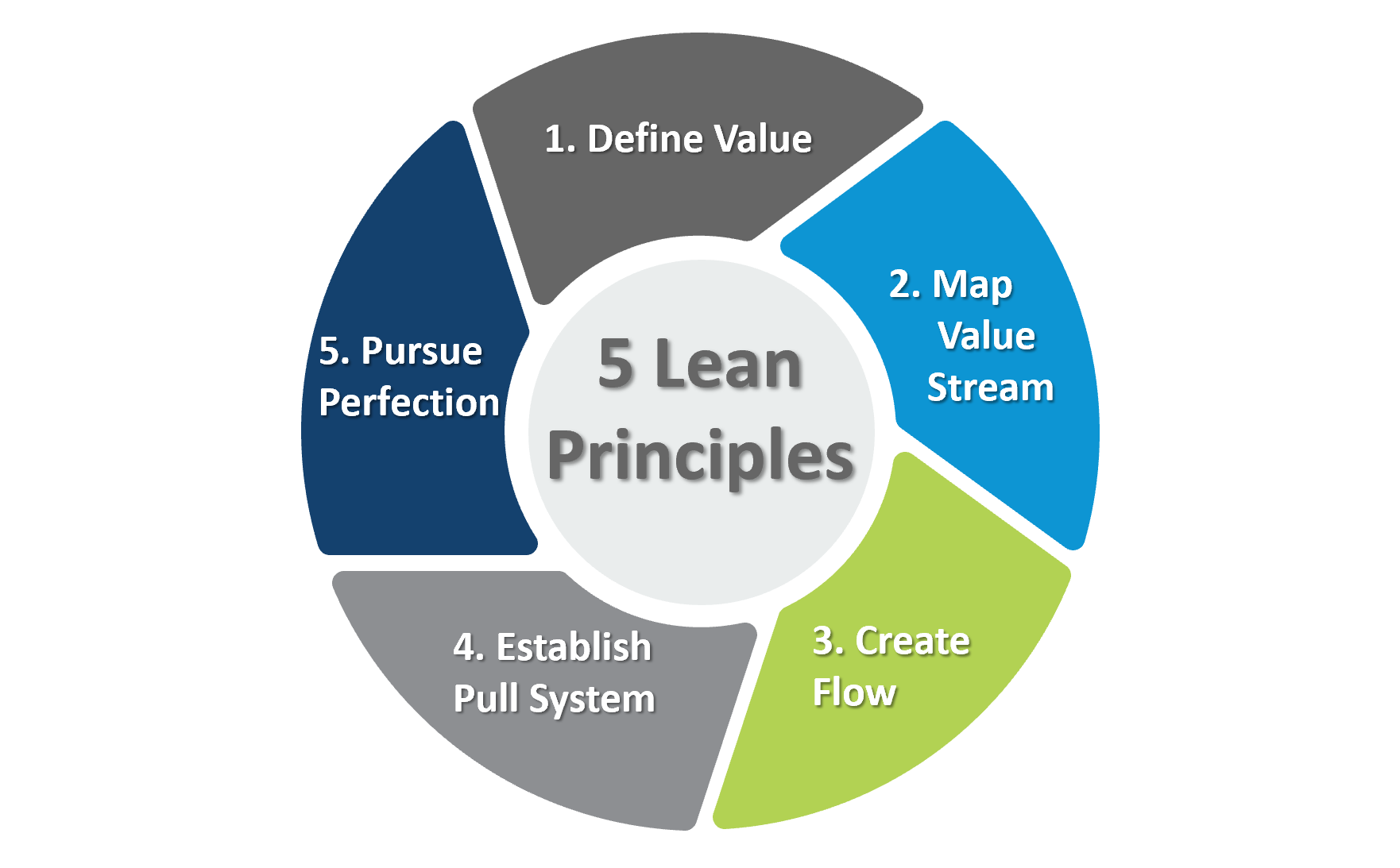What can car manufacturing teach us about improving efficiencies in agricultural production? As it turns out, quite a lot.
While many would argue that farming is fundamentally different to other businesses because agricultural production systems are complex and reliant on variables outside of our control, including weather and biology, Jana Hocken is proving otherwise. Now a dairy farmer in New Zealand, Jana is using the same engineering and lean manufacturing principles she used in her previous role at Toyota to improve efficiencies and productivity on her farm. She’s also committed to helping others realize the benefits of “lean-farming” and has released her own book and training materials to help farmers work smarter.
In this episode, we chat with Jana about her experience translating the principles of lean manufacturing to a farming context, what the results have been, and the promise she sees in lean farming.
What is “lean”?
The origins of lean manufacturing can be traced back to the Toyota Production System, a methodology pioneered in the 1930s that focuses on eliminating waste and inefficiencies. Fundamentally, the lean approach centers on understanding and identifying what adds value to a production process, and subsequently removing anything that doesn’t add value through a process of continuous improvement. The five basic principles of lean are:
Identify value: Value is defined from the perspective of the end consumer and what products and services address their needs, whether latent or explicitly stated.
Map the value stream: Map the workflow and processes that are used to deliver the end product or service to the customer. Any activities that don’t add value are considered waste and should be removed.
Establish flow: Once waste is removed from the process, ensure that the remaining workflow is smooth, even, and continuous.
Establish pull: To reduce waste, ensure that production is driven by demand signals (pull) rather than a supply push
Seek perfection: Achieving the first four principles is not a one-time task, but an on-going process which requires a culture and systems rooted in continuous improvement.
image copyright: https://www.planettogether.com/
Although it originated in the automotive industry, lean has been successfully applied in various contexts ranging from healthcare to retail. Now, Jana is bringing it to farming as well.
Driving innovation from the “outside”
When Jana moved to the farm, she knew very little about agriculture. But even (or especially) as “an outsider,” she was able to quickly identify practices that didn’t make sense or seemed inefficient. For example, she noticed that people were regularly making multiple trips to and from the same paddock to conduct various tasks, without coordinating with each other. For Jana, it was a lightbulb moment, and she started wondering if perhaps the lean principles she was teaching to companies all around the world could be applied to her farm as well. She started to get more involved on the farm, and ran pilots to see if the lean principles could really work in this new setting. After a few months, Jana said the results proved that lean was “absolutely relevant” to farming.
On-farm improvements
Jana has many examples of changes, both small (e.g., shadow boards so that everyone knows where the tools are) and big (e.g., a new dry off process at the end of the lactation season that has reduced the time to process the herd, saved costs, and improved herd health outcomes) that are directly attributable to their use of lean practices. But, the application of lean has not only increased their efficiency and productivity, it has also improved team dynamics. Jana points to this as a critical factor in enabling further innovation on their farm.
“It’s much easier to incorporate new technologies or systems into a farm that’s using lean, because it means there is a system of continuous improvement already in place. This creates a culture of openness among the team to try new things and also bring forward their own ideas for improvement. It also means the current systems in use are well understood and defined - and can therefore be easily tweaked to incorporate a new technology. The technology itself is often blamed for not delivering the gains it promised - however, sometimes it’s not the technology, but rather the business model and systems that aren’t supporting the incorporation of the new technology.”
A philosophy, not just a tool
Our conversation with Jana highlights that the power of lean is that it’s not just another tool, but a philosophy that fundamentally shapes business operations and culture. As a philosophy, lean can not only improve the bottom line and enable tech adoption, it can also help create more sustainable and resilient businesses.
For more insights from Jana on the benefits of lean farming and how to get started, listen to the full episode above or wherever you get your podcasts.
Useful Resources
Grassmere Dairy (find Jana’s YouTube videos on lean here)
Farming eggs the startup way (another farm & pod guest using lean methodologies)



